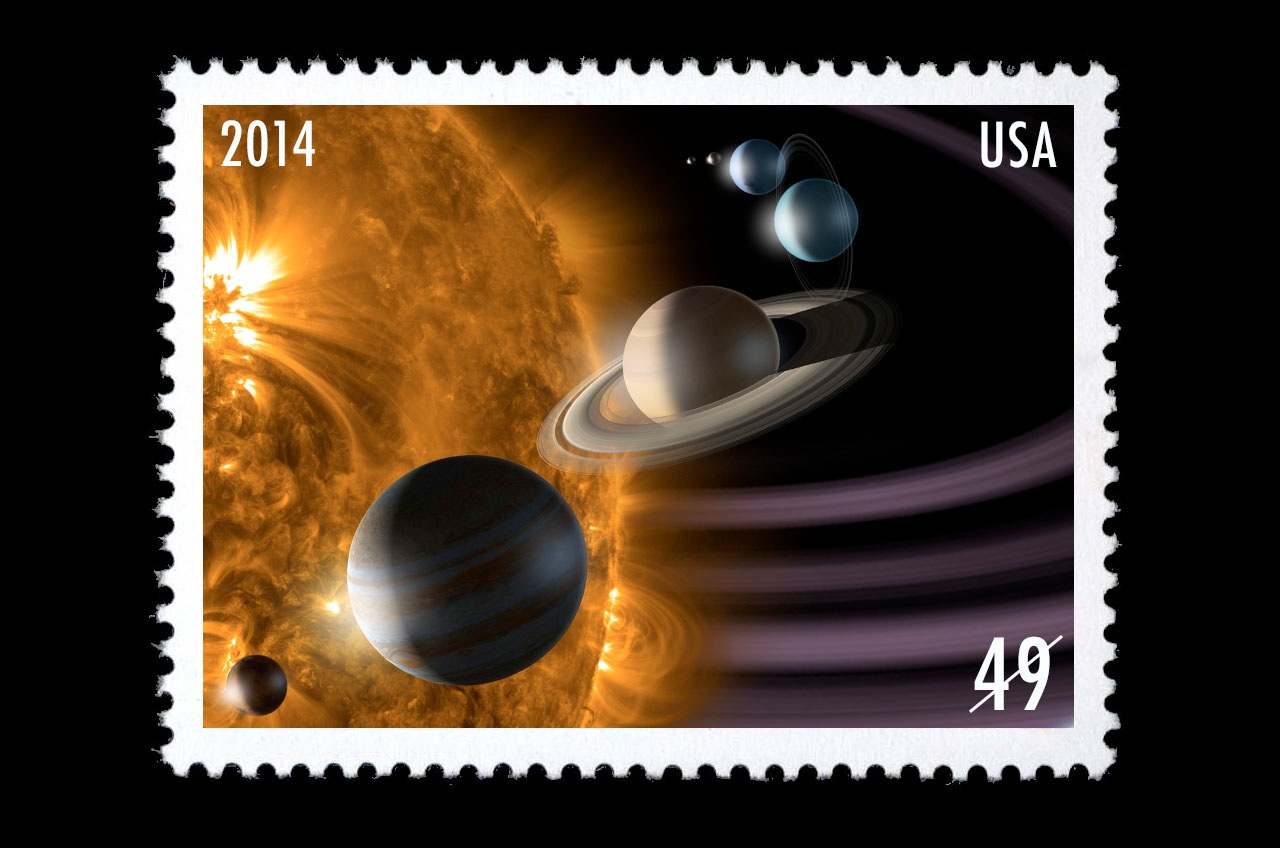

The Earth’s powerful magnetic field also protects us from bombardment by radiation from space. The atmosphere is composed mainly of nitrogen (78 per cent) and oxygen (21 per cent) and only allows a narrow slice of the electromagnetic spectrum (mostly visible light) to reach the surface, shielding us from harmful infrared, ultraviolet, X-rays and gamma-rays. With its vast oceans and protective atmosphere, our home planet has proved just right for the development of life and is the only world in the universe where life is currently known to exist. In addition, there are dwarf planets, like Pluto, and countless numbers of smaller bodies, including asteroids and comets.įor educational resources and more information for children and teachers, visit our dedicated Stamp Collecting Month website.Įarth is the largest of the “terrestrial”, or rocky, planets (12,742 km in diameter), and has the greatest density of any planet in the solar System. These planets are divided into two groups: the small rocky planets of the inner solar system – Mercury, Venus, Earth and Mars – and the massive gas giants beyond the asteroid belt – Jupiter, Saturn, Uranus and Neptune. Our solar system is made up of eight major planets that orbit the Sun. Here are just a few snippets of information you may or may not have known about the planets of ‘Our Solar System’. Neptune’s stamp also features the dwarf planet Pluto.Īs more and more exciting astronomical discoveries continue to take place, Australia Post hopes to help inspire both adults and children to explore and enhance their knowledge about our solar system with the new stamp collection. These include the four inner-belt terrestrial planets Mercury, Venus, Earth and Mars and the larger outer-belt giants Jupiter, Saturn, Uranus and Neptune. The stamp pack features unearthly illustrations of all eight of the fascinating planets of our solar system. These celestial wonders of our solar system were formed about 4.6 billion years ago. The ‘Our Solar System’ stamps feature the eight spectacular planets that orbit our Sun. Inside they found Ham in good spirits, and he excitedly accepted an apple and half an orange.This year Australia Post celebrates its 2015 Stamp Collecting Month (SCM) with the launch of the ‘Our Solar System’ stamp collection. It landed out of sight of the recovery forces, but they found the ship within a half hour and airlifted it to the nearby USS Donner. Then 16 minutes and 39 seconds after the launch, the craft splashed down in the Atlantic. The rocket also reached a higher speed than expected and Ham was weightless for 6.6 minutes instead of the expected 4.9 minutes.ĭespite the issues that arose, Ham successfully went about completing his tasks, which included pushing levers about 50 times. There were also cameras onboard that showed how Ham reacted to the weightlessness and also revealed a surprising amount of dust floating in the air. Additionally, the cabin pressure dropped due to an unexpected issue, but Ham was safe in his space suit. The rocket ended up on a high flight angle, which would lead to it missing its landing area by 130 miles. The launch was delayed for nearly four hours due to a few minor issues, but at 4:55 pm, the MR-2 lifted off. The craft had six new systems that weren’t on prior flights, including environmental controls, attitude stabilization, live retrorockets, voice communications, a closed loop abort sensing system, and a pneumatic landing bag. At 12:53 pm on January 31, 1961, Ham was placed into the spacecraft.


 0 kommentar(er)
0 kommentar(er)
